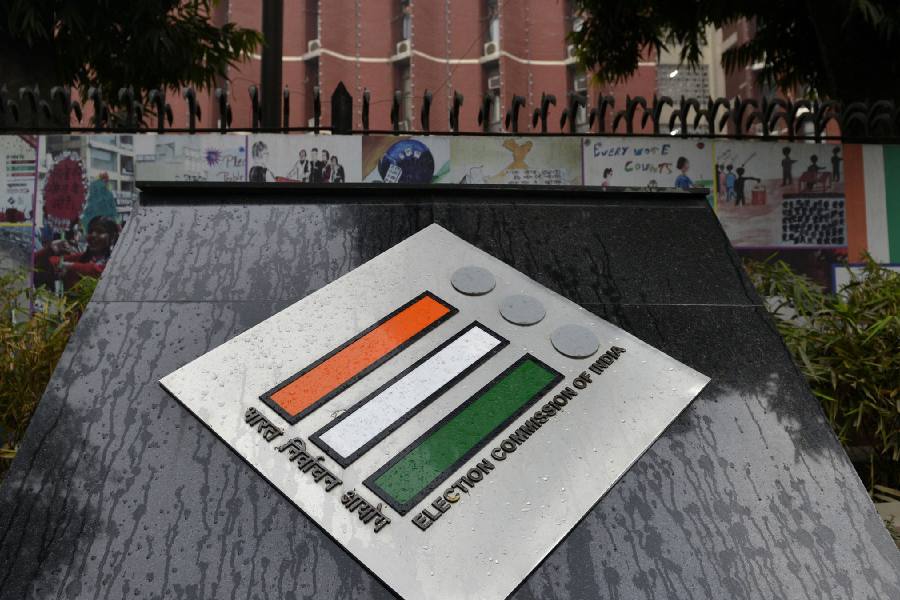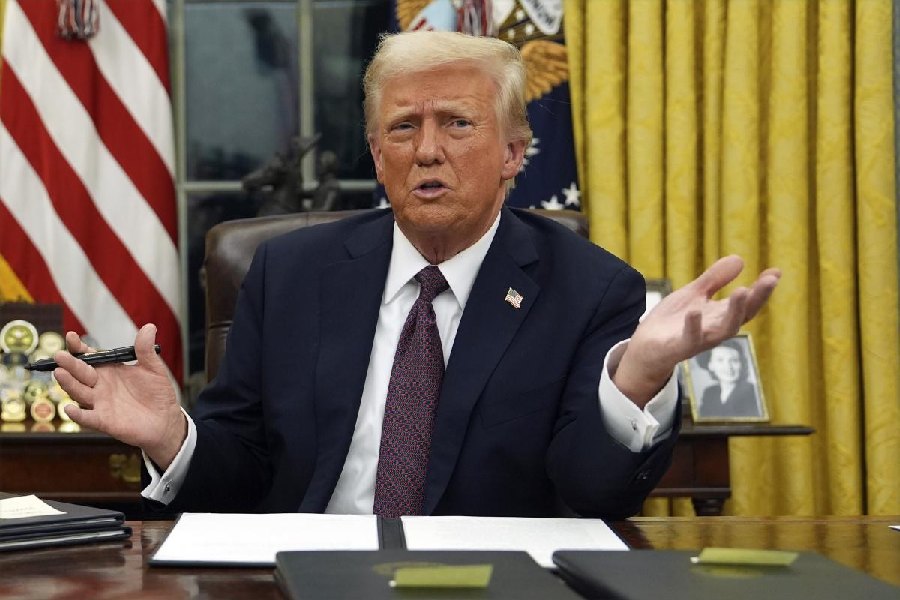‘Nari Shakti’ is a rhetorical expression that is heard quite often these days on India’s political turf. But how shaktiman is the Indian woman when it comes to representation in such august Houses as Parliament and state assemblies? The relevant data are interesting, but also revealing because they lay bare a telling anomaly. A total of 47.1 crore women, the Election Commission of India stated, have been registered on the electoral rolls in 2024, with 12 states having more women voters than men. This is a notable achievement for a country where the percentage of women voters was only 42 in 1962: rising education, women-centric welfare policies by political parties along with successful awareness campaigns must be credited for this advancement. Yet, India, which claims to deify its women, remains averse to accepting them as political representatives. In 2019, only 9% of the poll candidates were women, while the percentage of women parliamentarians was a meagre 14.4%. These figures are not surprising, given the tightfistedness of political parties when it comes to allocating tickets to women. In 2019, on an average, the percentage of tickets given to women contestants in the Bharatiya Janata Party and the Congress, the two principal national parties, stood at a little over 12%. This stinginess, in turn, can perhaps be explained by the stubborn societal resistance to women leaders. Even in Karnataka and Kerala, supposed bastions of progressive sentiments, only about five out of every 100 women candidates tasted electoral success between 1996 and 2019. Bengal, hearteningly, proved to be an exception, with a winning rate of 20 out of 100 women candidates. Nations with better Human Development Index rankings — New Zealand and some European countries — have achieved greater political representation for women. India’s neighbours, such as Nepal, Bangladesh and Pakistan, have also done better on this front.
The numerical insignificance of women as political representatives in India is, of course, part of a greater marginalisation that is also social, cultural, and economic. The scale of the crisis and the consequent challenges are thus formidable. Given the ground realities, tokenism in the name of women’s empowerment must count as a perversity. The passage of the women’s reservation bill, which ensures one-third reservation of seats for women in the Lok Sabha and the state assemblies, 27 years after its introduction in Parliament, is thus not a reason for complacency. It is merely the beginning of a steep climb towards a distant goal — gender parity in political representation.










